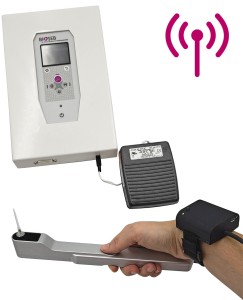Authors
N de la Oliva, M Mueller, T Stieglitz, X Navarro, J del Valle
Lab
Catalan Institute of Nanoscience and Nanotechnology, Barcelona, Spain
Journal
Scientific Reports
Abstract
Parylene C is a highly flexible polymer used in several biomedical implants. Since previous studies have reported valuable biocompatible and manufacturing characteristics for brain and intraneural implants, we tested its suitability as a substrate for peripheral nerve electrodes. We evaluated 1-year-aged in vitrosamples, where no chemical differences were observed and only a slight deviation on Young’s modulus was found. The foreign body reaction (FBR) to longitudinal Parylene C devices implanted in the rat sciatic nerve for 8 months was characterized. After 2 weeks, a capsule was formed around the device, which continued increasing up to 16 and 32 weeks. Histological analyses revealed two cell types implicated in the FBR: macrophages, in contact with the device, and fibroblasts, localized in the outermost zone after 8 weeks. Molecular analysis of implanted nerves comparing Parylene C and polyimide devices revealed a peak of inflammatory cytokines after 1_day of implant, returning to low levels thereafter. Only an increase of CCL2 and CCL3 was found at chronic time-points for both materials. Although no molecular differences in the FBR to both polymers were found, the thick tissue capsule formed around Parylene C puts some concern on its use as a scaffold for intraneural electrodes.
BIOSEB Instruments Used
Electronic Von Frey 4 (BIO-EVF4),Electronic Von Frey 5 with embedded camera (BIO-EVF5)
Source :

 Pain - Thermal Allodynia / Hyperalgesia
Pain - Thermal Allodynia / Hyperalgesia Pain - Spontaneous Pain - Postural Deficit
Pain - Spontaneous Pain - Postural Deficit Pain - Mechanical Allodynia / Hyperalgesia
Pain - Mechanical Allodynia / Hyperalgesia Learning/Memory - Attention - Addiction
Learning/Memory - Attention - Addiction Physiology & Respiratory Research
Physiology & Respiratory Research





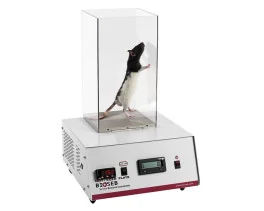

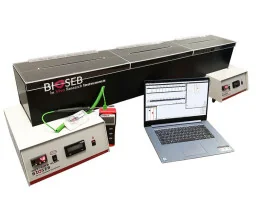



![Dynamic Weight Bearing 2.0 – Postural Module [Add-on]](https://bioseb.com/733-home_default/dynamic-weight-bearing-20-add-on-postural-module.jpg)



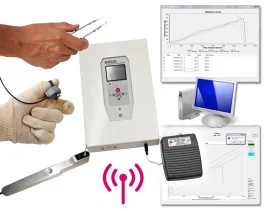
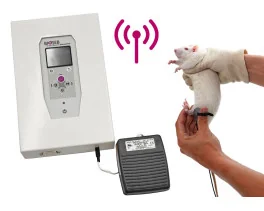












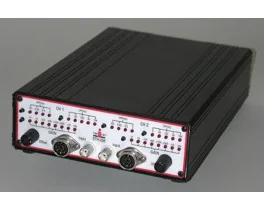
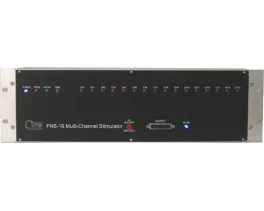

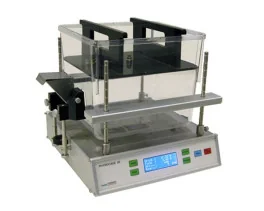

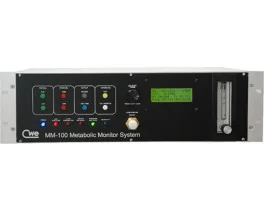

 Pain
Pain Central Nervous System (CNS)
Central Nervous System (CNS) Neurodegeneration
Neurodegeneration Sensory system
Sensory system Motor control
Motor control Mood Disorders
Mood Disorders Other disorders
Other disorders Muscular system
Muscular system Joints
Joints Metabolism
Metabolism Cross-disciplinary subjects
Cross-disciplinary subjects CONFERENCES & MEETINGS
CONFERENCES & MEETINGS 